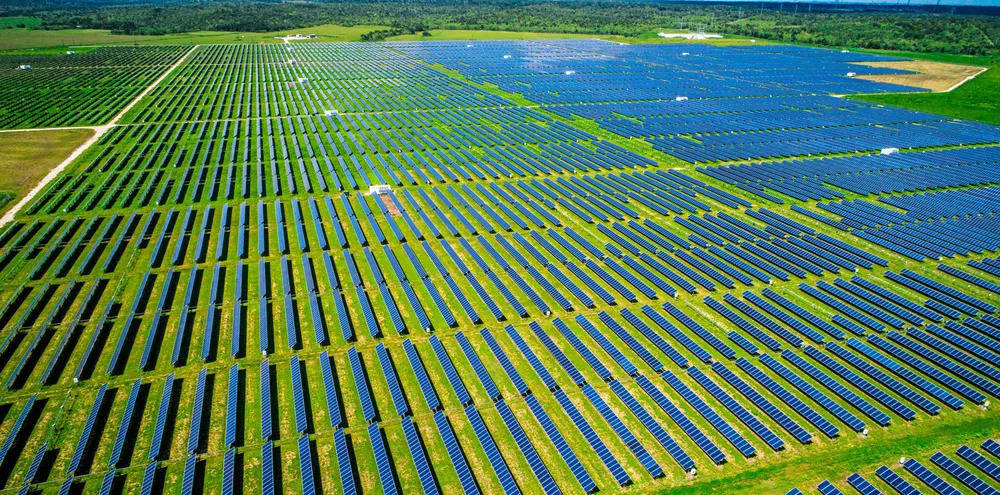Rampant solar's 100GW Texas grid queue puts wind power in the shade
PV projects seeking interconnection to main state electricity system now five times capacity of turbines waiting

PV projects seeking interconnection to main state electricity system now five times capacity of turbines waiting
